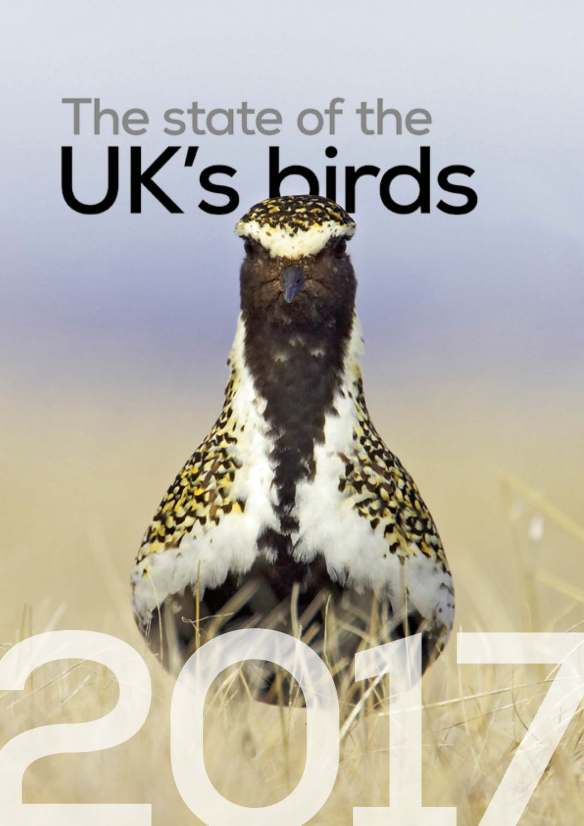
From Rare Bird Alert
On their autumn migration south in the Northern Hemisphere, many birds are being lured by artificial light pollution into urban areas that may be an ecological trap, according to new research using weather surveillance radars from the northeastern United States over a seven-year period to map the distributions of migratory birds during their autumn stopovers.
Since most of the birds that migrate in the US are nocturnal and leave their stopover sites at night, the research group took snapshots of the birds as they departed.

“Shortly after sunset, at around civil twilight, they all take off in these well-synchronized flights that show up as a sudden bloom of reflectivity on the radar,” University of Delaware’s Jeff Buler said. “We take a snapshot of that, which allows us to map out where they were on the ground and at what densities. It basically gives us a picture of their distributions on the ground.”
The researchers were interested in seeing what factors shape the birds’ distributions and why they occur in certain areas.
“We think artificial light might be a mechanism of attraction because we know at a very small scale, birds are attracted to light,” Buler said. “Much like insects are drawn to a streetlight at night, birds are also drawn to places like lighthouses. Especially when visibility is poor, you can get these big fall-outs at lighthouses and sports complexes. Stadiums will have birds land in the stadium if it’s foggy at night and the lights are on.”
One hazard for birds attracted to city lights is death from flying into high buildings. Buler said that some cities such as Toronto have even gone so far as to institute ‘Lights Out’ programmes, turning off the lights in tall buildings to deter birds from colliding with them.

Sky Glow
The research team analysed the distributions of the birds in proximity to the brightest areas in the northeast such as Boston, New York, Philadelphia, Baltimore and Washington, D.C.
“These are super-bright, large metropolitan areas,” Buler said. “We found an increasing density of birds the closer you get to these cities. The effect goes out about 200 kilometres [about 125 miles]. We estimate that these flying birds can see a city on the horizon up to several hundred kilometres away. Essentially, there is no place in the northeastern United States where they can’t see the sky glow of a city.”
Parks and yards
The researchers also found that suburban areas, such as people’s backyards and city parks, such as Fairmount Park in Philadelphia, harbour some of the highest densities of birds in the northeast.
“Fairmount Park has higher densities of birds than at Cape May, New Jersey, which is where birders typically go to see birds concentrating during migration,” Buler said.
When they do get lured into cities, the birds seek out suitable habitat, which can cause concerns from a conservation standpoint as lots of birds pack into a small area with limited resources and higher mortality risks.
“One of the things we point out in this research is that there might be negative consequences for birds being drawn to urban cities. We know there’s risk of collision with buildings, collision with vehicles, and getting eaten by cats, which are a major predator,” Buler said.
“Domestic cats could be the largest anthropogenic source of mortality for birds. If birds are being drawn into these heavily developed areas, it may be increasing their risk of mortality from anthropogenic sources and it may also be that the resources in those habitats are going to be depleted much faster because of competition with other birds.”
Another concern: light pollution created in these cities has been increasing in recent years with the advent of LED lights, which are much brighter than the incandescent lights they replaced.
“The transition of street lighting from incandescent to LED continues to increase the amount of light pollution,” Buler said. “If you think about it from an evolutionary sense, for all wildlife really, mammals and insects and birds, they’ve only been exposed to this light pollution for less than 200 years. They’re still adapting to the light.”
Access the paper Artificial light at night confounds broad-scale habitat use by migrating birds here
 by Liz Corry
by Liz Corry













 From
From 

 Just published, the latest
Just published, the latest 


 From
From 







 By Cris Sellarés
By Cris Sellarés











